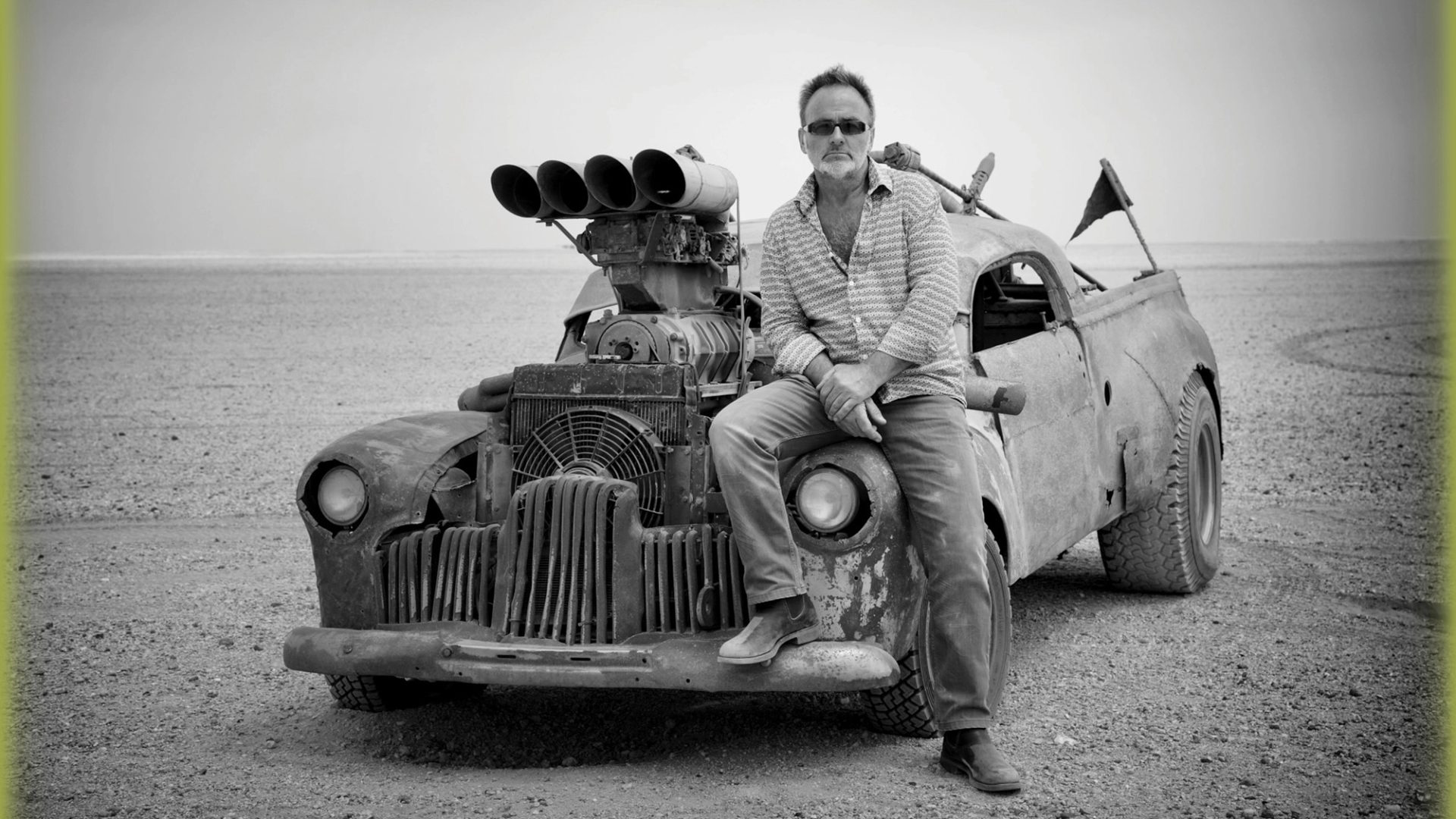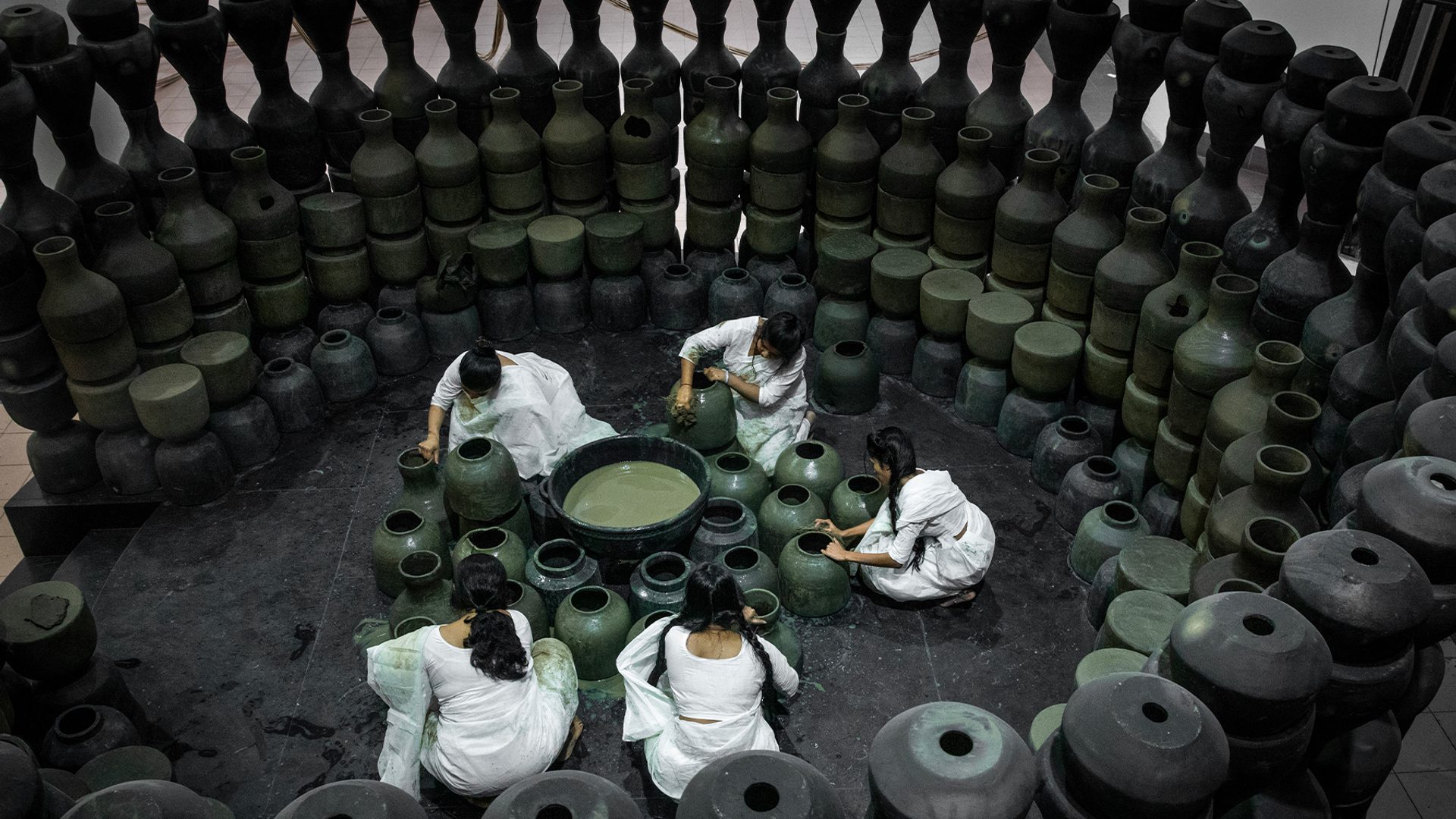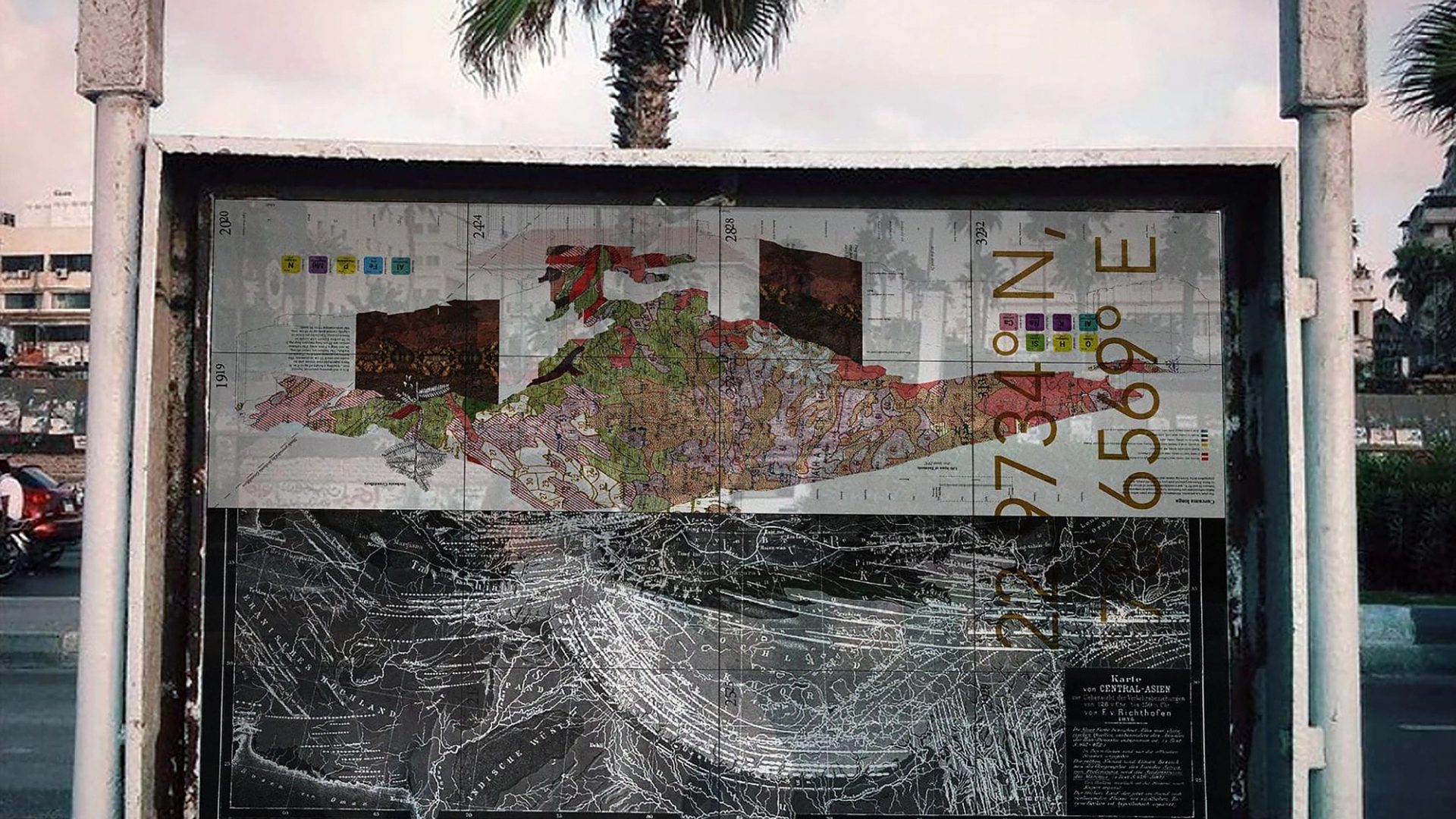Sumayya Vally: Points of Resonance

South African architect Sumayya Vally established her Johannesburg studio Counterspace less than a decade ago. Since then, she has become the youngest architect to design the annual Serpentine Pavilion in London, has art directed and co-curated the inaugural Islamic Arts Biennale in Jeddah, Saudi Arabia, and has been named one of Time magazine’s ‘100 Next’ – the influential list of emerging leaders shaping the future.
Dividing her time between Johannesburg and London, Vally’s practice manifests a nuanced approach to architecture that focuses on identity, community and gathering to create resilient and inclusive cities.
In advance of her presence at Sydney Design Week 2024, Stephen Todd speaks with Sumayya Vally about her ‘deeply invested’ thinking on the challenges for architects and designers working today.
‘There are so many ways of being, of living together, where a belief system manifests itself through community, through living and being with the seasons, in collaboration; systems where interactions and engagements are based on communal knowledge and understanding, systems of sharing, where everybody has a role to play that is implicitly understood.’

Stephen Todd Sumayya, this year’s Sydney Design Week is themed ‘In Between Worlds’, which is apt to your practice.
Sumayya Vally My base is Johannesburg with the studio and the team, but yes, I live between Joburg and London. London is very convenient to travel from and people are always moving and passing through. But I think seeing the world through the lens of Joburg is very important, and working with South African talent more broadly is critical. When we speak to each other there’s a great resonance in how we understand things. There’s a desire and need to see things beneath the surface in Johannesburg, and I think that is something that is very valuable.
ST Rather than flee Johannesburg’s problematic history, you’re anchoring yourself in it. Is there a sort of creative tension that comes from situating yourself in a problematic space?
SV Yes, Johannesburg has a very difficult history and is shaped by that history. Hierarchies in society have been cemented through urban planning – where people are positioned in relation to the centre, or what we’re taught we deserve in terms of dignity and beauty and service. How that manifests on the architectural level is very much a part of Johannesburg’s fabric.
ST Do you feel part of the renewal of South Africa, in your thinking and in practice?
SV I was born in 1990 just a few days after Nelson Mandela was released after 27 years of incarceration, so I’m part of the Born Free generation. I grew up at the dawn of democracy when we had this rainbow nation mantra and everything was optimistic and extremely possible, and that was very important and very healthy for our country at the time. Going through the TRC (Truth and Reconciliation Commission) process – although that’s highly contested now – was an unprecedented experience and I think that, given what so much of the world is facing now, has contributed to South Africa having such a progressive vocabulary around race.
ST Your studio name Counterspace is highly nuanced since ‘counter’ can mean ‘against’ or ‘alternative’ or ‘balance’ …
SV When I began thinking about starting the studio, I became deeply invested in thinking about the city, about Joburg, in all its complexity. There was a lot of optimism and investment and a lot of talk about ways of being in this city. But I felt that the really interesting things that I saw in the city were the informal economies, the way that rituals and belief systems and other forms of culture play out. Things like traditional healer markets, for instance, that exist on top of and above and in between this formal city structure that we’ve inherited from colonialism and apartheid. Seeing that really come to life is very, very exciting.
ST How do, or could, these informal economies play out in the built environment?
SV We were not seeing those phenomena translate into the architectural canon or the architectural profession. What we see in architectural practice in South Africa is a very Western-facing glass-and-steel building typology, very much the same as you would see in Sydney or any other global city. Or otherwise, a kind of very pejorative social architecture that is about service delivery without any imagination.
I say ‘pejorative’ because it’s an architecture that suggests it’s too woeful to be imaginative in under-resourced conditions. And so, I wanted to see what I began to think of as ‘counter spaces’ developing. I saw that there are so many other worlds that exist alongside these worlds we have defined as architecture and I wanted to bring those things to life in my practice.



ST The idea of hybridity, of existing between worlds, is central to your practice. What is the power of hybridity?
SV Hybridity, or being able to exist in many different conditions, is powerful because it allows us to resonate and connect with things that are seemingly unconnected, and that in turn enables many different kinds of people and situations to be a part of something. And those points of resonance are really important because they then allow us to have empathy with each other.
ST Your Sydney Design Week engagement, Recipes As Archive, is in collaboration with Karima Hazim of Sunday Kitchen. How does food manifest your thinking on hybridity and the city?
SV There are so many incredible stories about almost every single dish we have that speak of movement, of migration, of the coming together of many different people. Recipes are important archives of culture, especially in instances where people can’t return to home, but in fact for all of us. And food is a really important part of conjuring up these geographies and tells us about sharing and generosity and ritual and celebration and mysticism and so many things that are attached to cultural worlds and to belief systems. Food has also, I think, in many contexts become politicised, and the knowledge of the history of how ingredients have moved or whose culture is overwritten or erased becomes a form of resistance.


ST How do we make resistant cities – places that are resilient, sustainable and inclusive?
SV If we think about the very many cities that existed, the many societies and civilisations that existed before the Enlightenment that spread from Western Europe to the rest of the world – that is, the global majority – there are so many ways of being, of living together, where a belief system manifests itself through community, through living and being with the seasons, in collaboration; systems where interactions and engagements are based on communal knowledge and understanding, systems of sharing, where everybody has a role to play that is implicitly understood.
But the world that we’re in now is for the most part individualistic, capitalist, extractive and, of course, largely white supremacist or whichever way we put it. That world is so much at odds with these other ways that all of us used to live before that we can’t even think outside of this paradigm.
So, when we think about sustainability or inclusivity or resilience, we’re very much thinking about it as a kind of combative response to a problem that is here and that has been created, whereas there are so many other ways of being in the world that don’t even think in that paradigm at all. That’s the challenge for architects and designers today.
























